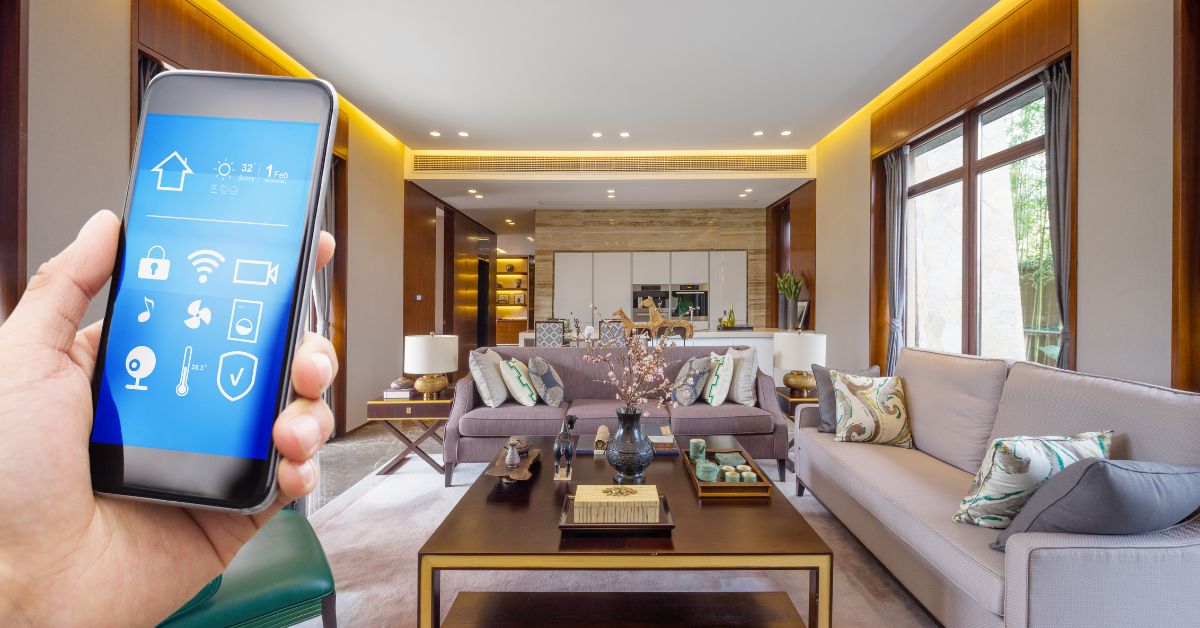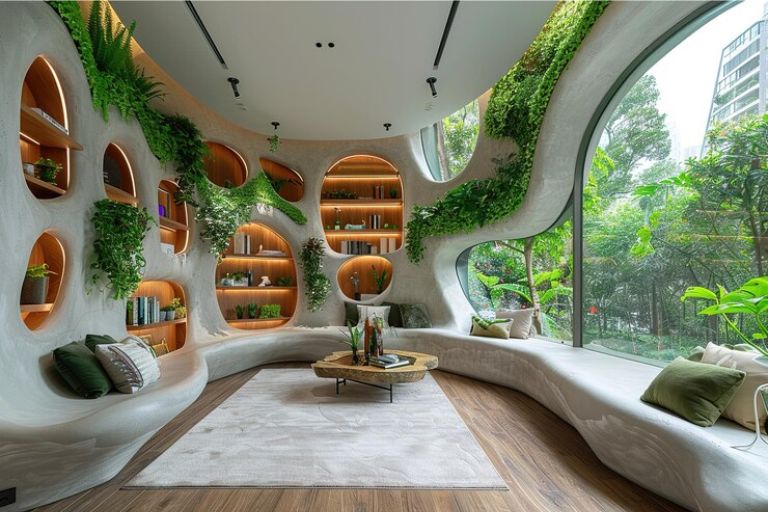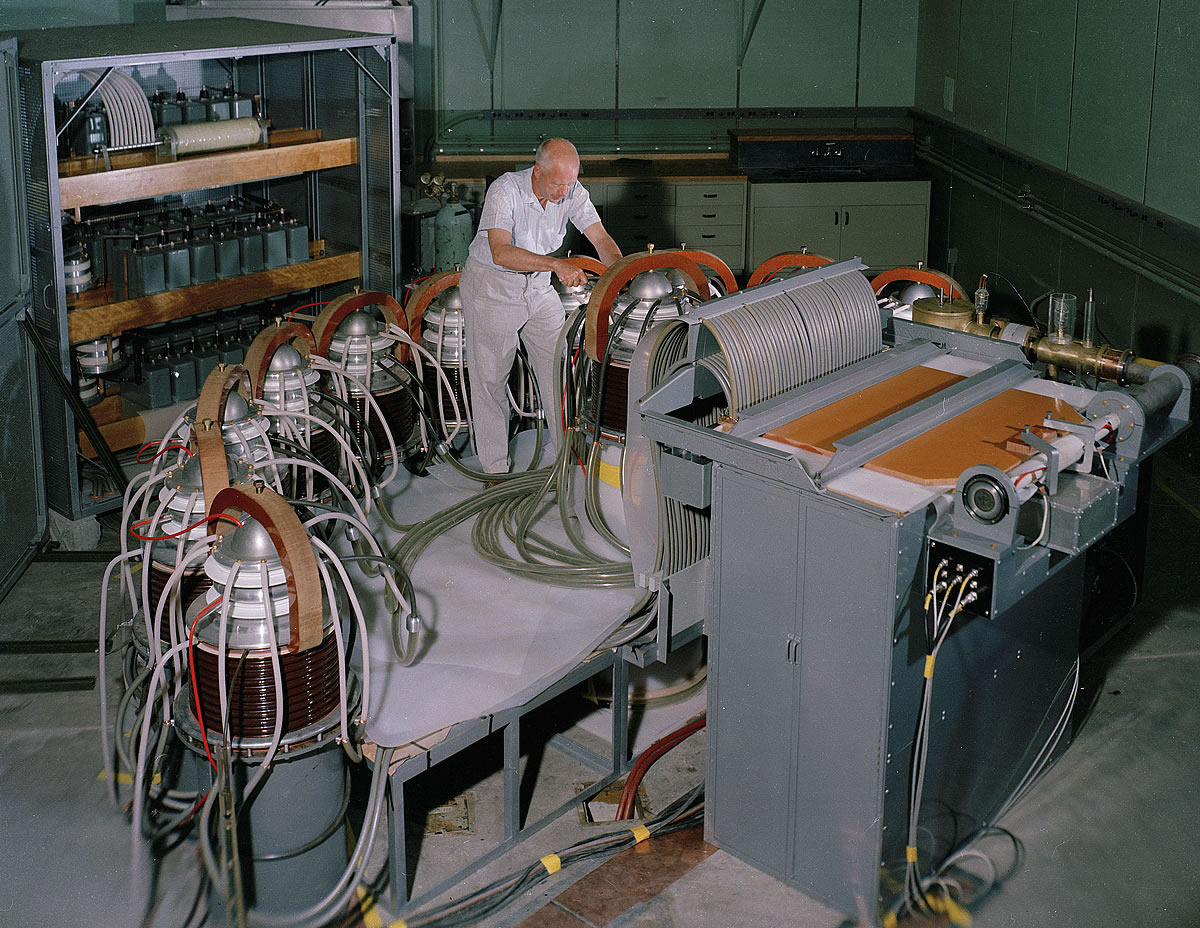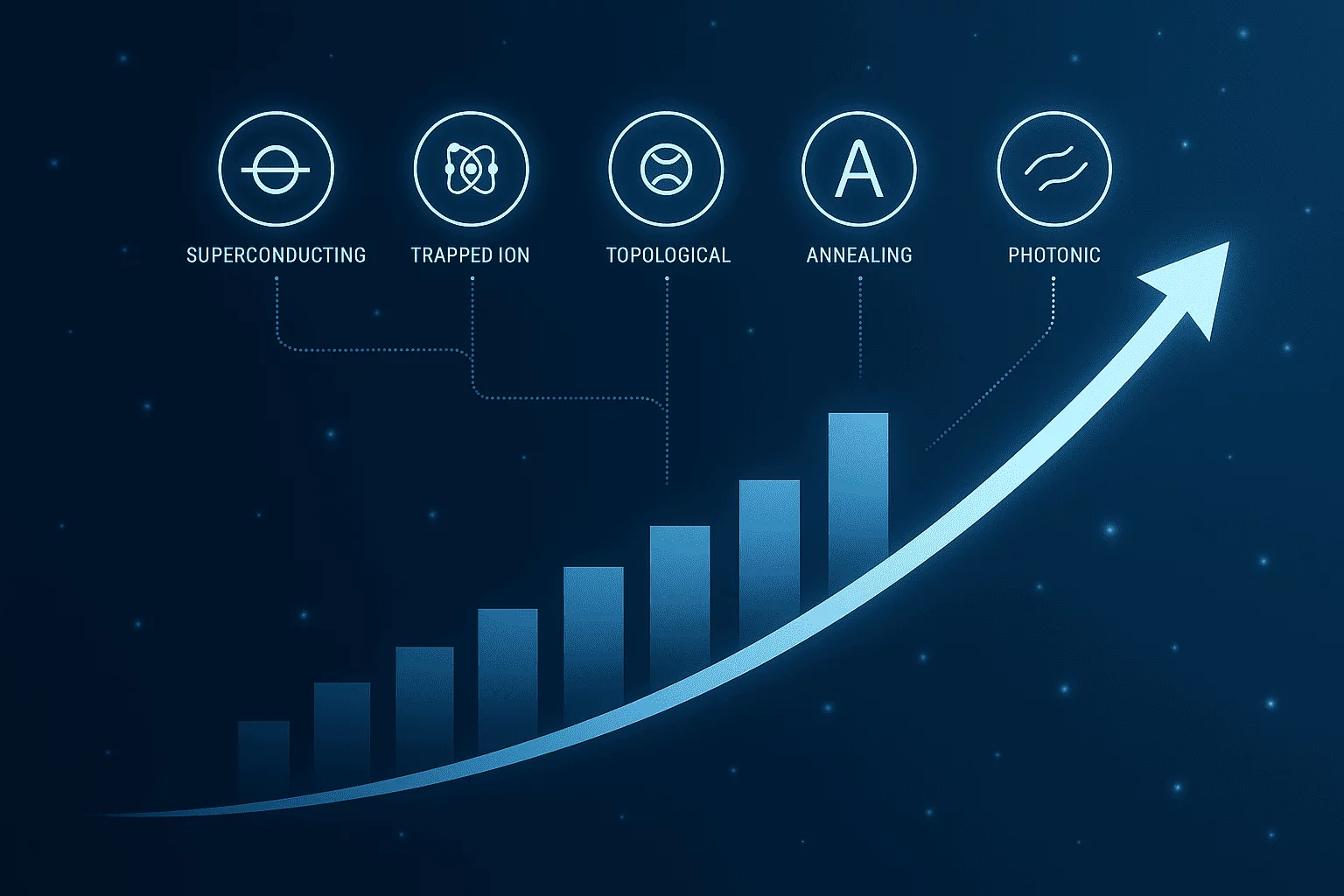echnology in 2025 is evolving from utility to emotional intelligence. In the world of interior design, the rise of Well-Tech Integration reflects a conscious move away from flashy automation toward systems that support mental clarity, emotional balance, and sensory well-being. Discover how Well-Tech is transforming smart homes in 2025—blending emotional intelligence, lighting, scent, and air systems to support mental wellne
The smart home of today isn’t just connected—it’s considerate. A space that knows how to wake you gently, improve your breathing, match its lighting to your internal rhythm, and even soothe your anxiety before a Zoom call. No longer confined to productivity and convenience, home tech is now a partner in emotional health and daily wellness. This isn’t science fiction—it’s already here, from subtle circadian lighting to AI scent diffusers that adjust to your mood in real time.
Designers, architects, and tech innovators are working together to craft homes that don’t just work—they care. This emerging design philosophy places mental wellness at the core of technological integration, proving that the best tech isn’t the one you notice—it’s the one that makes you feel better without saying a word.
Why Mental Wellness Became a Design Priority
Several overlapping global shifts have made well-tech more essential than aspirational:
- Remote and hybrid lifestyles have made the home a permanent hub for work, rest, and recreation.
- Rising mental health awareness has increased the demand for emotionally supportive environments.
- The wellness industry boom, expected to exceed $6.3 trillion globally by 2025 (Global Wellness Institute), has spilled into architecture and tech.
- Consumer fatigue with overstimulation has made quiet, calm, sensory-optimized homes more desirable than ever.
The Key Components of Well-Tech in 2025 Interiors
| Feature | Function | Mental Wellness Benefit |
|---|---|---|
| Circadian Lighting Systems | Adjusts brightness and color temperature based on time of day | Regulates sleep cycles, boosts energy |
| AI Scent Diffusers | Disperse personalized aromatherapy blends | Reduces stress, improves focus or relaxation |
| Sound Masking Panels | Emit low-frequency sound or white noise | Enhances concentration, reduces anxiety |
| Smart Ventilation & Humidity Control | Keeps air fresh, clean, and comfortable | Supports better breathing and cognitive clarity |
| Emotion-Responsive Environments | Adapt lights, scents, and sounds via wearable sensors or app input | Encourages emotional self-regulation |
Real-World Applications: Where Wellness and Tech Intersect
1. Casper Glow Lights + Hatch Restore 2
Sleep tech is leading the charge with circadian rhythm syncing devices. These bedside lights slowly fade out as you fall asleep and brighten gradually in the morning to mimic sunrise.
2. Aera Touch Smart Diffuser
An AI-enhanced scent system that releases micro-doses of essential oils depending on room occupancy, time of day, or user-selected mood presets.
3. Panasonic WhisperAir Repair
A nearly silent wall-mounted unit that purifies and deodorizes air with nanoe™ X technology—designed specifically for wellness-centric homes.
4. Forme Life Smart Mirror
A fitness mirror that integrates breathwork, posture correction, and meditative guidance—part of the shift from high-intensity fitness to mental-body synergy.
5. Resideo AirCycle Pro
New to 2025, this smart HVAC system adapts temperature, air purification, and humidity based on biometric feedback collected from wrist devices.
Creating a Home That Listens and Responds
Well-Tech isn’t about adding gadgets—it’s about designing homes that listen, adapt, and care. Here’s how designers are creating spaces that nurture the mind through subtle tech:
1. Lighting as Therapy
No more harsh overhead lights. Systems like Lutron Athena adjust not just brightness but hue, gradually transitioning from energizing blues to calming ambers throughout the day.
2. Emotional Zones
Using color, scent, sound, and light, specific corners of the home are being designed for targeted emotional states:
- Energize Zones: Bright light, citrus scents, background binaural beats.
- Calm Zones: Soft lighting, lavender mist, nature soundscapes.
- Focus Zones: Crisp lighting, neutral scent, white noise emitters.
3. Multi-Sensory Showers and Bathrooms
Brands like Kohler and TOTO now offer programmable wellness showers with temperature zoning, chromatherapy lighting, and eucalyptus misting.
Customization, Not Automation
One of the key insights driving Well-Tech in 2025 is this: people want personalization, not perfection. Instead of automated homes that guess what we want, the trend is moving toward feedback-driven customization. Smart systems now:
- Learn from user patterns
- Respond to voice tone or heart rate
- Suggest routines or changes based on emotional data
This gives users agency over their environment, enhancing trust and long-term satisfaction.
How to Start Integrating Well-Tech at Home
You don’t need a fully wired smart home to benefit from Well-Tech. Here are simple, entry-level ways to begin:
| Budget Level | Integration | Impact |
|---|---|---|
| $ | Smart bulb with warm-to-cool settings (e.g. Philips Hue) | Improves mood lighting |
| $$ | Smart scent diffuser + mobile app (e.g. Moodo, Aera) | Adds emotional atmosphere |
| $$$ | AI-powered air purification system (e.g. Dyson or Panasonic) | Enhances cognitive clarity |
| $$$$ | Full circadian lighting + multi-zone control | Total wellness lighting environment |
The Bigger Picture: Emotional Architecture
Well-Tech is part of a broader architectural movement—spaces designed to support emotional resilience. From lighting and airflow to the feel of materials and layout of rooms, design is now measured by how it makes you feel, not just how it looks.
This mindset shift is reshaping everything:
- Offices that prevent burnout
- Schools that enhance learning through sensory regulation
- Clinics that reduce anxiety with immersive, sensory-friendly environments
Mattias Knutsson on the Rise of Empathic Environments
Mattias Knutsson, the renowned design psychologist and futurist, views Well-Tech as the bridge between behavioral science and spatial intelligence. In his latest briefing, he writes:
“We’re witnessing the emergence of empathic environments—spaces that recognize and respond to emotional cues. These homes don’t just house us—they heal, guide, and support our psychological needs.”
Knutsson highlights how multi-sensory responsiveness is now a baseline expectation for future-ready design, not an indulgence.
Final Thoughts:
The most exciting interiors in 2025 aren’t the ones loaded with devices—they’re the ones where tech disappears into care. From sunrise lighting to personalized scent zones, Well-Tech is creating homes that are smarter because they’re kinder.
As we look toward the future, the smartest spaces won’t just connect devices—they’ll connect deeply to the people who live in them. Because in this new era of interior design, wellness isn’t an upgrade. It’s the foundation.





